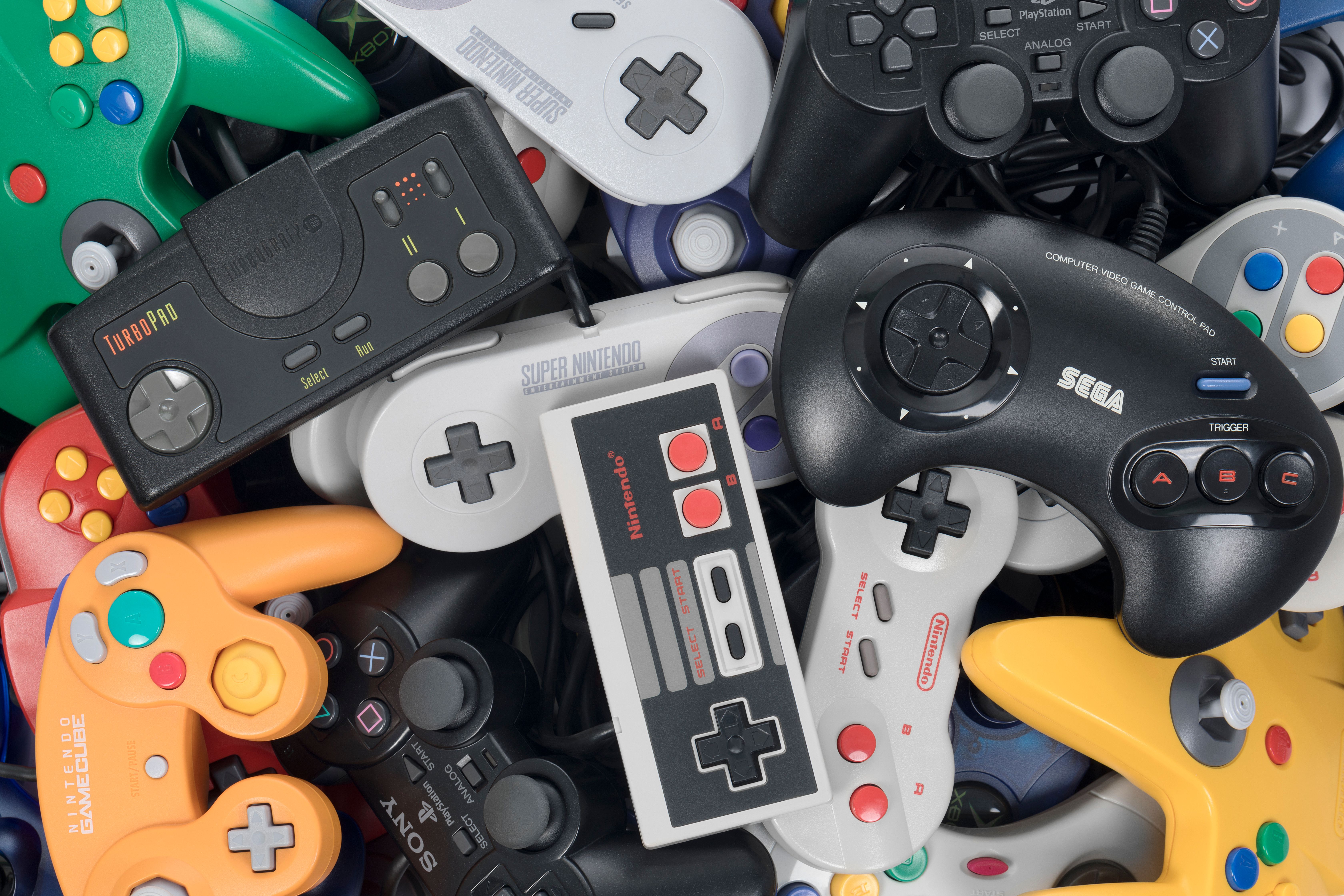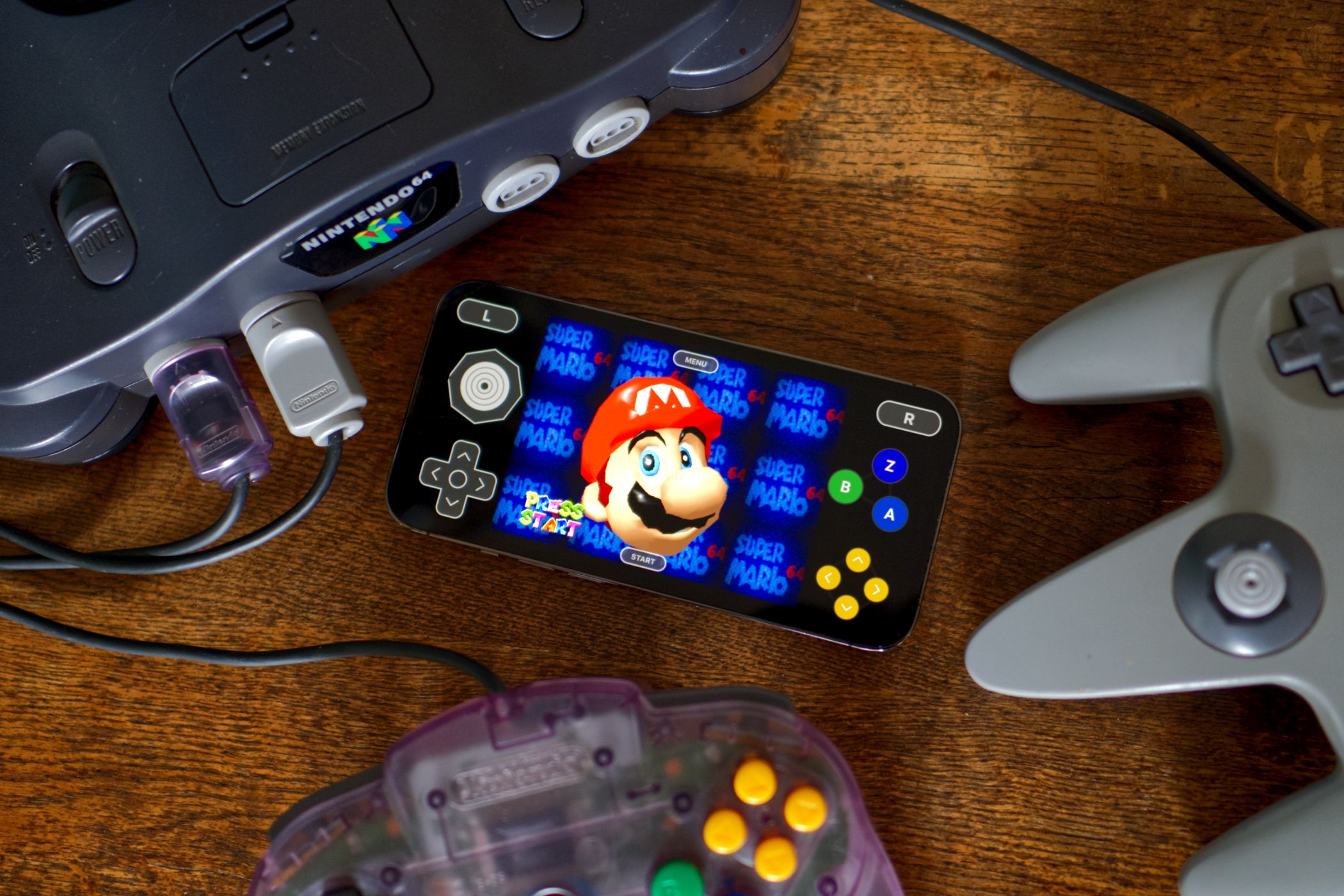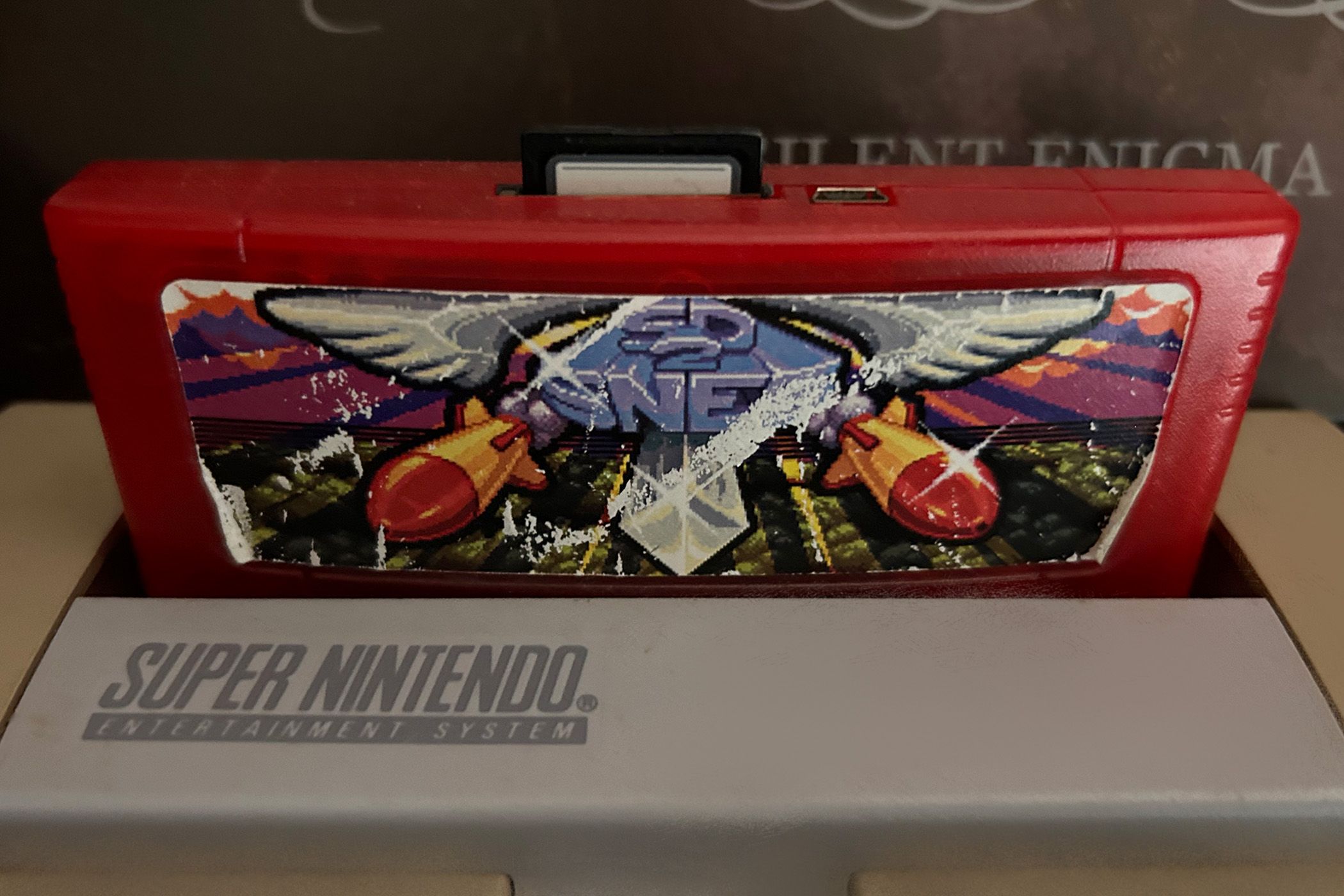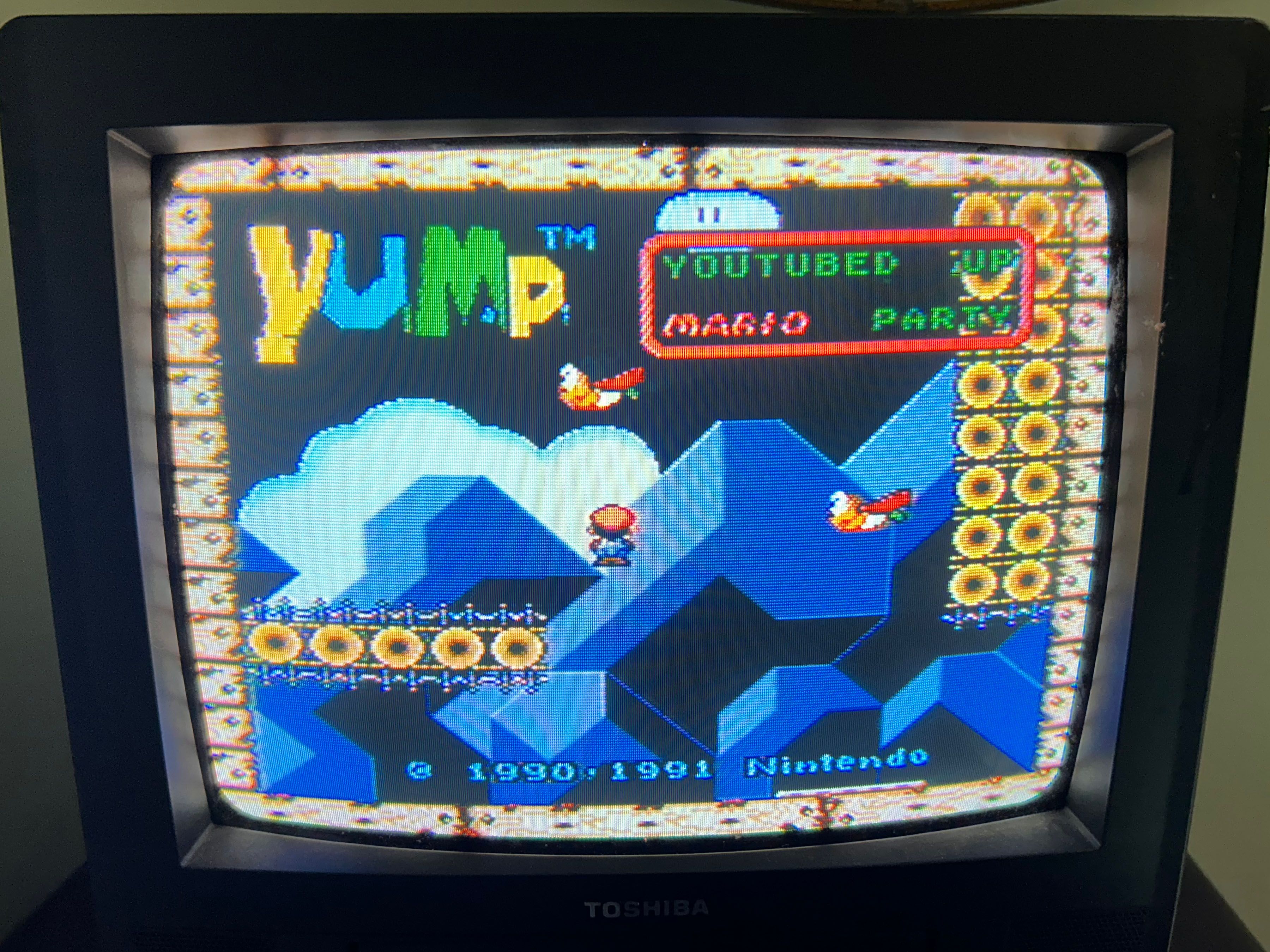
Why Flash Cart Systems Excel Over Emulators in Classic Video Game Playing

Why Flash Cart Systems Excel Over Emulators in Classic Video Game Playing
Quick Links
- A Quick Word on Piracy
- What Is a Flash Cartridge?
- The Problems With Emulation
- Benefits of Original Hardware
- What You Need to Get Started With Flash Carts
- Curious? Take the Leap
Key Takeaways
- Emulation is convenient but can lead to various issues like audio delays and incorrect colors due to hardware limitations.
- Flash cartridges use original hardware, offering a pure gaming experience sans audio and visual problems associated with emulation.
- Retro gaming enthusiasts can invest in flash carts for consoles like SNES, Nintendo 64, and Game Boy Advance to relive nostalgic moments.
Now that Apple has lifted its long-time ban on retro game emulators , it’s easier than ever to dive into the nostalgic ocean of retro gaming. But those in pursuit of the purest pixelated platforming experience would do well to explore the world of flash cartridges, a place where retro consoles meet modern sensibilities.
A Quick Word on Piracy
It’s important to note that while emulation itself is legal, downloading game ROMs you do not own is considered piracy. We have spoken to a lawyer previously to get their take on the legality of video game ROMs and emulation in general . You have been warned!
What Is a Flash Cartridge?
Originally birthed as a tool for game preservation and homebrew development, a flash cartridge essentially functions as an SD-to-game cart adapter. It allows you to play ROMs that have been loaded from your computer onto a memory card. While emulation strives to reproduce the experience of playing a specific console by approximating the specs on different hardware, flash cartridges utilize the original hardware, allowing the games to run exactly as intended.
Like a regular cartridge, a flash cartridge sits inside your console and mimics that of a retail game. Cycling between ROMs involves using an interface or sometimes a switch.
The Problems With Emulation
The convenience of emulators comes at a cost. The precise timing and processing allowed by the original console hardware is difficult to perfectly replicate. As a result, emulation can lead to audio delays, distorted sounds, missing textures, incorrect colors, visual bugs, and—worst of all—input latency. Even after adjusting the seemingly endless array of settings available in most faux console programs, issues always seem to arise.

Tim Brookes / How-To Geek
Further trouble can come when attempting to run games that deviate even slightly from the developmental status quo. Titles that overcame memory limitations through the use of specialized hardware during their initial release, such as the Super FX chip, can crash or otherwise be rendered unplayable.
The limited processing power and varying hardware capabilities of mobile devices only exacerbate the innate problems associated with emulation. When paired with the lack of feedback and precision that can only come from a touchscreen D-pad, the gaming experience can be severely compromised.
Emulators can also be fiddly to configure. Many come with an array of options that you can, for the most part, ignore but that also lead you to second-guess whether you’re having a compromised experience because you chose the wrong engine or haven’t optimized scaling correctly.
Benefits of Original Hardware
Can you no longer continue your progress because the save battery in your childhood copy of Legend of Zelda: A Link to the Past finally died? Running the game ROM from a flash cart will garner the exact same experience. The audio and visual issues, input lag, and timing concerns associated with emulation disappear into the warm blanket of Koji Kondo’s score. There is no replacing original hardware.
The two most popular and accessible brands of flash carts are the Everdrive and Ikari’s FXPak Pro. Developed by Krikzz, the Everdrive series is available for all cartridge-based systems . Its user-friendly interface and nearly ubiquitous game compatibility ensure that your Nintendo 64 will not collect dust regardless of the physical state of your game collection.

Robert Griffey / How-to-Geek
The FXPak Pro , previously known as the SD2SNES , is designed explicitly for the Super Nintendo. In addition to extensive save-state support and other quality-of-life improvements, it eliminates console-specific issues brought by hardware enhancements like the Super FX chip.
There are also a host of flash carts for handhelds like the Nintendo DS (like the notable R4 line), EZ-Flash for the Game Boy Advance, and RetroHQ for more obscure Atari systems like the Lynx.
What You Need to Get Started With Flash Carts
The first hurdle to clear in the quest for the ideal 8-to-64-bit experience is the acquisition of the system itself. Though you are limited to searching specialty stores and secondhand marketplaces for previous-generation consoles, the supply is consistent enough to find what you need. Retro systems like the SNES, Sega Genesis, and Nintendo 64 can often be found complete and refurbished for $100 on average.
While the best way to enjoy retro gaming is an original console on a CRT television, it’s not a practical solution for most gamers. Luckily, the wide availability of gaming-specific composite-to-HDMI converters allows for a seamless connection between older systems and newer TVs. Alternatively, upscalers like the Framemeister allow for the same easy connectivity but with the added benefits of higher video quality and additional configuration options.

Robert Griffey / How-to-Geek
There is a less intensive solution for those—understandably—overwhelmed by the idea of hunting down the outdated console of their choice. Modern faux-retro consoles, like Analogue’s Super NT , are accurate reimaginings of your childhood favorites designed to play original cartridges on high-definition TVs without the need for any additional converter or upscaler. They use FPGA chips to emulate the original hardware , warts and all.
Usually running between $200 and $250, the price point on similar high-tech tributes is higher than the original systems. However, the superior build quality and ease of setup make these modern alternatives a worthwhile investment for those who value both authenticity and convenience.
Curious? Take the Leap
Admittedly, the flash cart call to arms is a bit of a tall order. Why head down such a specific and costly path when the well-traveled road of emulation is shorter, better-lit, and more familiar? The brave will be rewarded with clean, scan-lined pixels; full, round audio; and the precise controls of the video games of yesteryear.
But this isn’t some “old man yells at cloud” nostalgia call. The popularity of both retro-styled indie games and AAA titles like Nintendo’s Mario Maker 2 continues to keep the flames of the previous generation burning brighter than ever under the watchful eyes of a new, younger audience. Many of those fans are already willing to hunt for the perfect hardware upgrade for their gaming PC to ensure the flawless presentation of the latest From Software masterpiece.
Retro gaming deserves a similar approach. Find a flash cart, pick up a system, thrift a tube TV, and prepare to spend hours wondering how Super Mario Word still has the best physics engine in history.
Also read:
- [New] In 2024, Shifting From Spotify Playlists to Customized YouTube Music Catalogs
- [Updated] In 2024, What's Sweeping the Web? Dive Into These 8 Trending Videos
- [Updated] Pioneer Your Way Through YouTube Shorts Production
- [Updated] Top Live Performances Best Audio Platforms
- 2024 Approved Boosting Your Instagram's Video Popularity
- Avoid Unauthorized Tools: Safe Ways to Save BBC Videos
- Enhancing Photography: Solutions for iPhone Models with Limited MPs
- From Shaky to Stellar The Best Free Online Video Stabilization Tools Reviewed for 2024
- Mastering Paperwork: In-Depth Review of the Robust Fujitsu ScanSnap iX1 600 Desktop Scanner
- Maximizing Connectivity on a Budget with the TP-LInk Archer C50 - A User's Guide
- Meet the Cutting-Edge Amazon Halo: Redefining Personal Health Tracking Tech Innovatively
- Motorola One Hyper Review
- Navigating the Best Outside Blu-Ray Recording Drives: Your 2# Reliable Guide to 2024'S Options
- Powerful Lens, Lightweight Frame: The SX620 HS
- Revolutionary Tablet Technology - A Deep Dive Into the Capabilities of The Samsung Galaxy Tab S4
- Revolutionizing Digital Reads with the Largest Screen: A Complete Analysis of Barnes & Noble'annook Glowlight Plus
- Samsung CF591: An In-Depth Analysis of Its Capabilities as a Gamer's Choice
- What Pokémon Evolve with A Dawn Stone For Vivo Y17s? | Dr.fone
- Why Microsoft Should Refine Its Xbox Rewards System
- Title: Why Flash Cart Systems Excel Over Emulators in Classic Video Game Playing
- Author: Steven
- Created at : 2024-09-26 17:28:59
- Updated at : 2024-10-01 20:21:32
- Link: https://buynow-marvelous.techidaily.com/why-flash-cart-systems-excel-over-emulators-in-classic-video-game-playing/
- License: This work is licensed under CC BY-NC-SA 4.0.